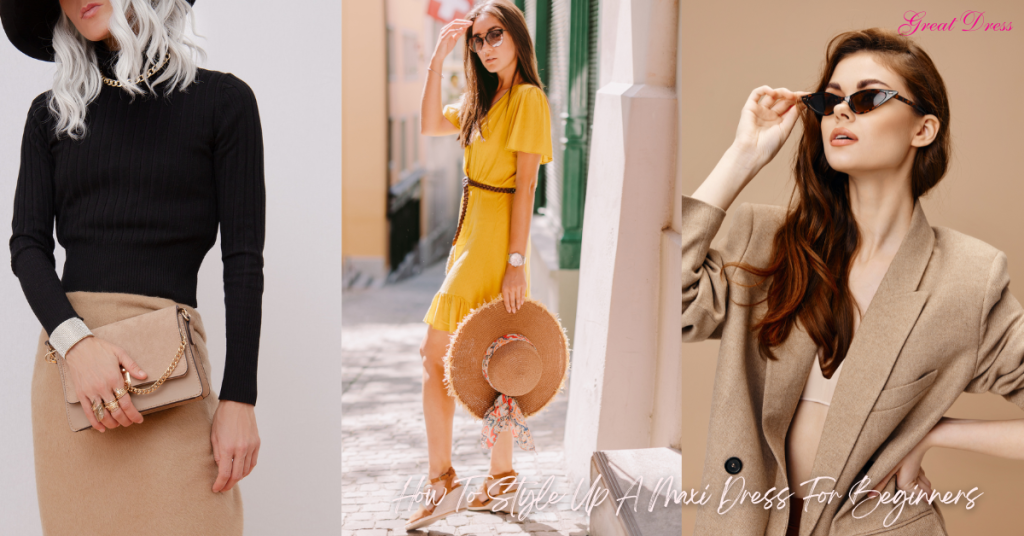Every day, we treat fashion as if it’s a great deal. Even those who claim they don’t care about their outfits would still choose to wear something that says a lot about them and how they feel on that particular day. It is also a spirit, a state of mind, and an extension of our self-being. When fashion talks, can be a high-energy scream, an understated whisper, or an all-knowing smile. Most importantly, it is all about being happy and comfortable with oneself, turning self-esteem into a personal style.
There is one thing in the fashion industry that is certain, and that is change. We are being bombarded with new fashion ideas every day from television, music, videos, and magazines. Movies also influence what people wear. One good example is Ray-Ban, which sold more sunglasses after the movie Men In Black. This constant flux and influence demonstrate how deeply fashion is embedded in our everyday lives, reflecting not just personal choices but broader cultural trends and shifts.
The Cultural Reflection
Fashion is a mirror of culture, reflecting the values, beliefs, and traditions of a society. It is essential because it represents every culture in the world. Traditional attire, for example, offers insights into the history and identity of different communities. Think of the Japanese kimono, the Indian sari, or the Scottish kilt. These garments tell stories about the people who wear them, their customs, and their heritage.
Moreover, fashion acts as a social barometer, indicating the prevailing sentiments and attitudes of a particular time. For instance, the flamboyant styles of the 1970s reflected a period of social upheaval and liberation, while the minimalist trends of the 1990s suggested a shift towards simplicity and functionality. By observing fashion trends, we can gain a deeper understanding of historical and social contexts.
Social Identity and Group Affiliation
Fashion is also a powerful tool for creating and distinguishing various social groups. It can signal status, profession, or affiliation with a particular subculture. Uniforms, for example, instantly identify members of specific professions, such as police officers or medical staff, fostering a sense of unity and shared identity.
In everyday life, fashion allows individuals to express their belonging to different social circles or movements. The goth subculture, with its dark and dramatic clothing, or the preppy style associated with Ivy League colleges, are both examples of how fashion can signify group membership. These styles help individuals communicate their identity and values without uttering a single word.
Historical Evolution and Industry Growth
The evolution of fashion from basic clothing for protection to a multi-billion-dollar global industry is a testament to its significance. Our ancestors wore simple garments to shield themselves from the elements. Over time, as societies developed, clothing became more elaborate and started to reflect social hierarchies and personal wealth.
Today, fashion is an industry that encompasses clothing, shoes, accessories, and even technology. It is a major economic driver, providing employment to millions around the world, from designers and models to factory workers and retail staff. The industry’s rapid pace means that trends are constantly changing, driven by innovations in textiles, manufacturing, and marketing.
Self-Expression and Personal Identity
One of the most important aspects of fashion is its role in self-expression. What we wear can convey our mood, our personality, and our aspirations. It allows us to experiment with different identities and personas, adapting our style to suit various occasions and stages of life.
For instance, someone might choose a professional outfit for a job interview to project confidence and competence, while opting for casual, comfortable attire when relaxing with friends. Fashion enables us to communicate who we are and how we want to be perceived by others.
Confidence and Self-Empowerment
Fashion also has a profound impact on our confidence and self-esteem. The clothes we wear can influence how we feel about ourselves and how we are perceived by others. Wearing an outfit that makes us feel good can boost our mood and increase our self-assurance. This is why many people indulge in retail therapy, buying new clothes to lift their spirits and enhance their self-image.
Moreover, fashion can empower individuals by allowing them to embrace their unique style and celebrate their individuality. It provides a platform for creativity and self-expression, encouraging people to take pride in their appearance and express their personality through their clothing choices.
The Fun and Fluidity of Fashion
Despite its significance, fashion is also something that should be enjoyed. It’s about having fun and experimenting with different looks. The ever-changing nature of fashion keeps life interesting, offering endless possibilities for reinvention and play. It’s like a mirror of sorts for society, a way of measuring a mood that can be beneficial in many aspects—socially, culturally, and even psychologically,.
Fashion allows us to be chameleons, adapting our style to different phases of our lives and different environments. It keeps us connected to the world around us, reflecting the diversity and creativity that make life vibrant and exciting.
Fashion Is So Important to express your unique self
In conclusion, fashion is far more than just clothing. It is a cultural reflection, a marker of social identity, and a dynamic industry. It empowers individuals through self-expression and confidence while providing endless opportunities for fun and creativity. By understanding the multifaceted nature of fashion, we can appreciate its true significance and its impact on our daily lives. So, whatever style you choose, remember that fashion is a form of art and a way to express your unique self in an ever-changing world.

